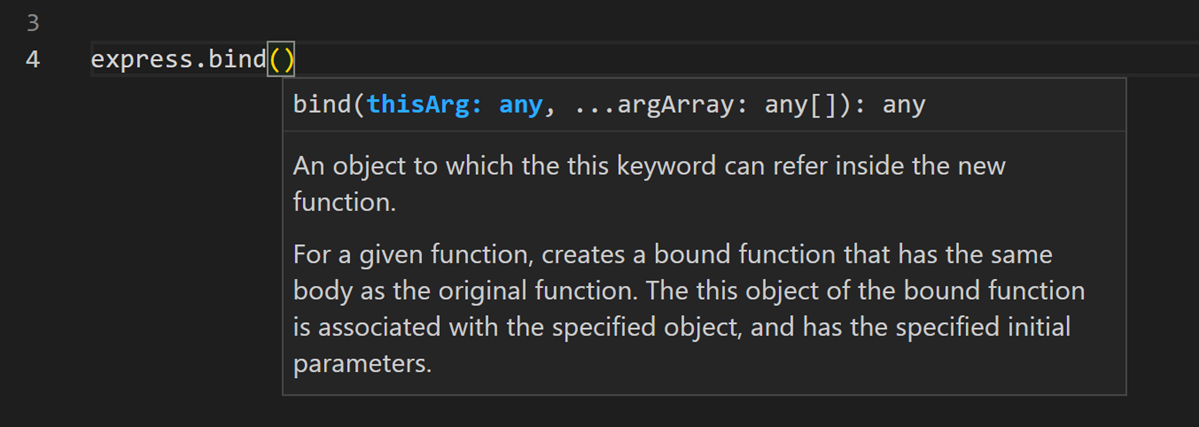Those questions above capture the real concerns you'll face with Pulumi. Now let me explain what this tool actually does and why it might make sense for your team.
Look, here's the deal: Pulumi lets you write infrastructure code in TypeScript, Python, Go, or whatever language you already know instead of learning yet another YAML dialect or DSL. That's it. No marketing bullshit about "revolutionary paradigm shifts" - it's just infrastructure as code using real programming languages.
How This Thing Actually Works
When you run pulumi up, here's what happens:
- Your program runs and declares what resources you want
- Pulumi compares that to what currently exists (stored in state)
- It figures out what needs to be created, updated, or deleted
- Makes the API calls to your cloud providers
The architecture has three main pieces:
- Engine: Does the actual work of comparing desired vs current state
- Language Host: Runs your TypeScript/Python/whatever code
- Providers: Talk to AWS/Azure/GCP/Kubernetes APIs
Why Use Real Programming Languages?
Because configuration files are a pain in the ass. With Pulumi you get:
IDE Support: Your editor actually works. Autocomplete for AWS resource properties, catching typos before you deploy, jump-to-definition for resources. Try doing that with YAML. The VSCode extension provides IntelliSense and syntax highlighting.
![]()

Type Checking: The compiler catches stupid mistakes like passing a string where you need a number, or referencing a resource property that doesn't exist. Saves you from those "deployment failed after 10 minutes because you typo'd a property name" moments. TypeScript definitions and Python type hints prevent common errors.
Real Libraries: Need to generate a random password? Just use your language's crypto library instead of learning Terraform's `random_password` resource syntax. Import npm packages or PyPI modules directly. You can even use Pulumi AI (added in 2024) to generate infrastructure code from natural language prompts.
Testing: You can actually write unit tests for your infrastructure. Mock out cloud resources, validate configurations, catch bugs before they hit production. Use Jest, pytest, or Go testing frameworks.
Language Support Reality Check
Pulumi supports TypeScript, Python, Go, C#, Java, and YAML. I have no idea what the actual usage breakdown is - anyone telling you "40% TypeScript, 30% Python" is pulling numbers out of their ass.
What I can tell you from actual usage:
- TypeScript: Popular with web dev teams who already know it
- Python: Data science and ML teams love this
- Go: Infrastructure teams that want fast, simple deployments
- C#: If you're already a .NET shop
- Java: Enterprise teams that are already committed to Java hell
- YAML: For when you want Pulumi but still want to hate yourself
State Management (aka Where Things Can Go Wrong)
Pulumi needs to track what resources exist, and that state has to live somewhere. You've got options:
Pulumi Cloud: Their hosted service. Free tier exists but you'll hit limits fast. Convenient until their service goes down and you can't deploy anything.
Self-hosted: Store state in S3, Azure Storage, GCS, or local files. More control, more setup headaches.
The state file is critical - lose it and you're fucked. Corrupt it and you're also fucked. Plan accordingly.
When State Goes Sideways
I learned this the hard way: the Pulumi state got corrupted during a deployment and suddenly half our infrastructure was "unknown" to Pulumi. Spent 4 hours manually importing resources back into state with `pulumi import`.
Pro tip: Back up your state. Seriously. And if you're using Pulumi Cloud, have a backup plan for when their service has issues.
The Enterprise Pitch (With Reality Check)
Pulumi offers policies as code with CrossGuard, RBAC, audit logs, and all the enterprise compliance features security teams demand. It's actually pretty decent for governance requirements, assuming you can get your security team comfortable with yet another SaaS service in your infrastructure stack.
The real benefit isn't the enterprise checkbox features - it's that your developers can use familiar tools and languages instead of learning yet another domain-specific configuration syntax. Whether that developer productivity gain is worth the complexity and vendor lock-in depends on your team's priorities and existing toolchain investments.


